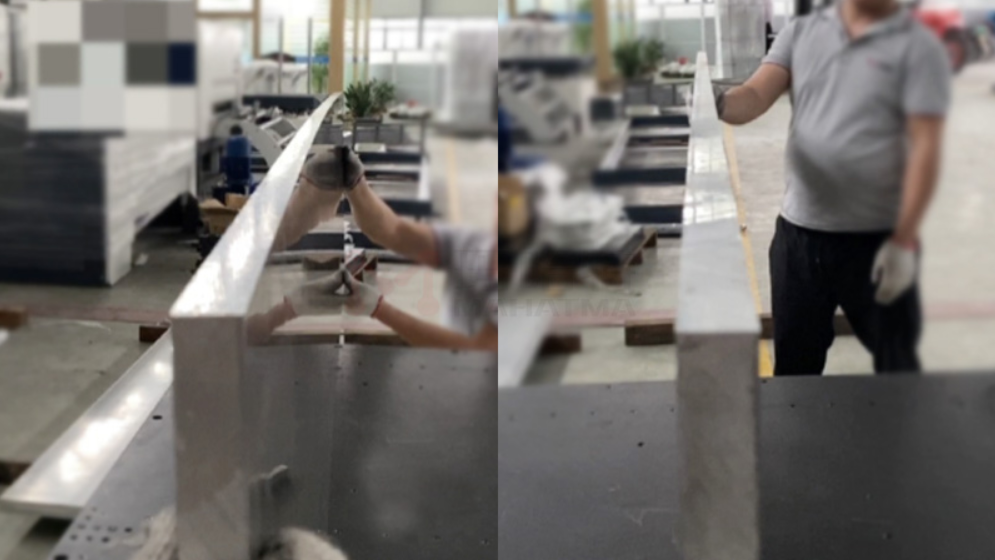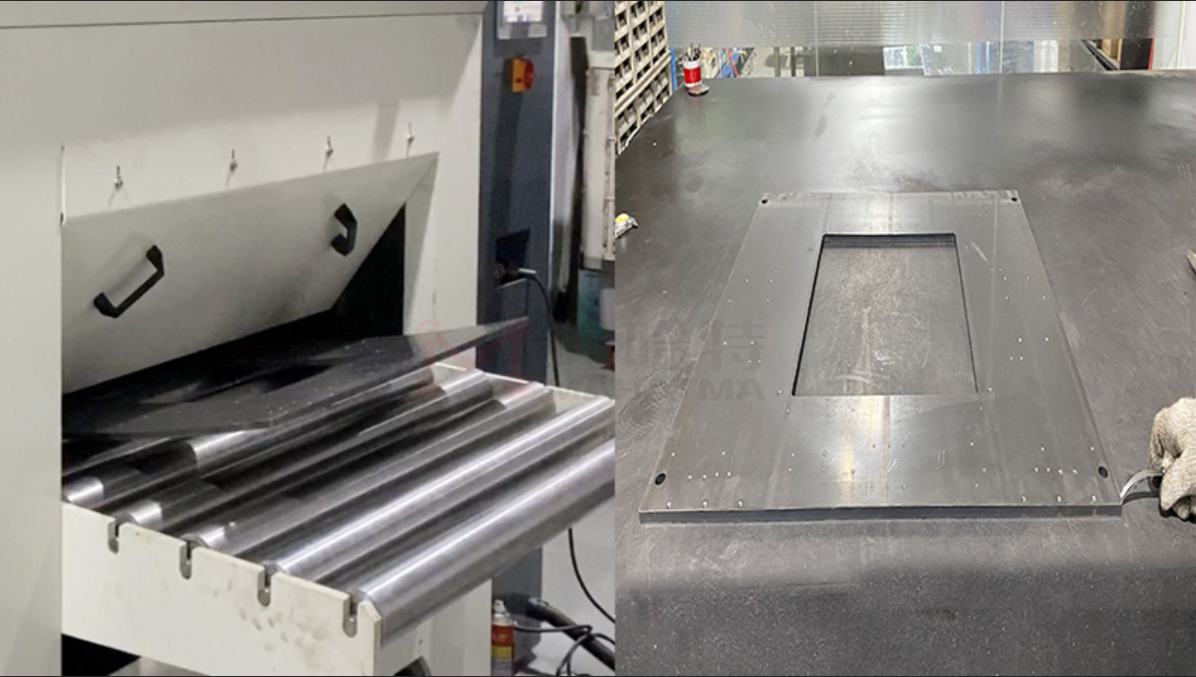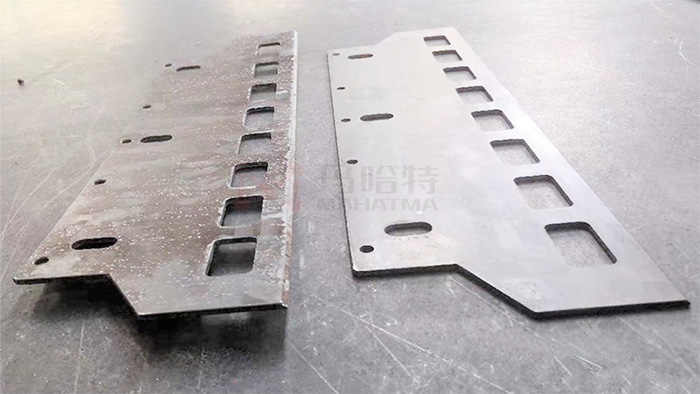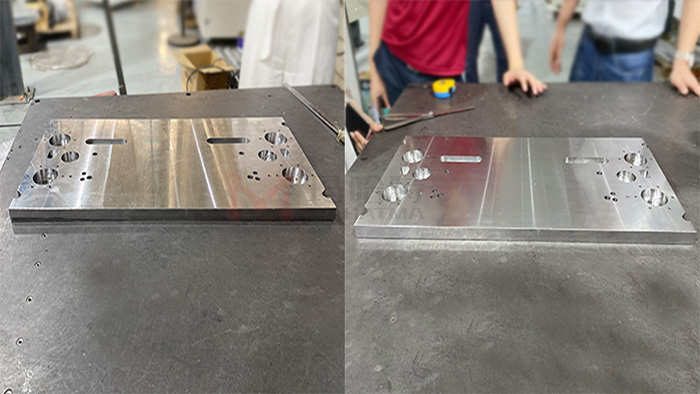Thermal manufacturing processes such as laser, oxy-fuel or plasma cutting introduce a great deal of heat into the material. The resulting temperature gradient within the material leads to stresses and edge hardening. Parts and sheets cut by such methods are distorted.

As for stamping and perforating internal stresses in the material are released in addition to the parts being deformed by the punching operation.

Whether in automobile manufacturing, mechanical engineering, pipeline, steel and bridge construction, electrical industry and medical technology, sheet metal plays a vital role in almost all manufacturing industries. After decades of development, sheet metal manufacturing has developed into an industrial process, which has also produced various types, forms and thicknesses of sheet metal. However, sheet metal that has experienced industrial manufacturing can still be called "natural products". From the composition of materials to manufacturing, assembly and storage, various factors affect the performance and quality of sheet metal.

At present, the challenge we still face is how to process sheet metal parts reliably and efficiently. Especially for the novice in the sheet metal manufacturing industry, it is particularly important to understand the processing technology of sheet metal parts.
Sheet metal manufacturing process
Modern sheet metal manufacturing and processing technologies are diverse, so it is difficult to give a clear definition and classification. Sheet metal has many names and classifications, and its colloquial names are often different. In addition, there are some terms or brands created by different manufacturers. Laser plate is such an example. It has no formal definition and is generally understood as a metal plate with excellent laser cutting performance. However, these are not specially produced sheets, but carefully selected, which can bring corresponding added value to laser cutting customers.


